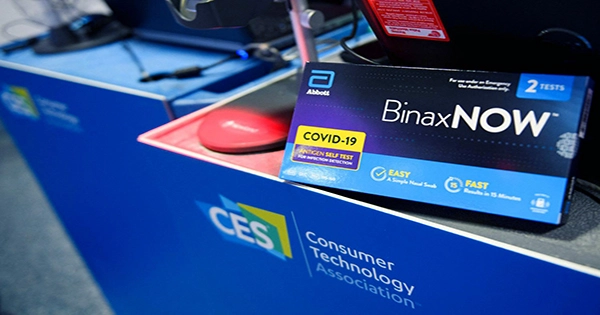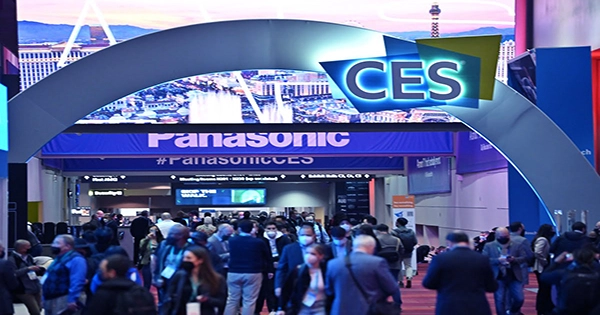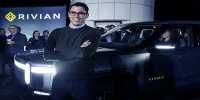At this year’s CES, older tech businesses displayed the sector’s potential breadth. If technology can make an older person’s life easier, it can help many other people. Mobility aids, health monitoring systems, and long-term financial planning, for example, are not just useful for the aged. I covered the entrepreneurs at AARP Innovation Labs’ virtual presentation yesterday, which ranged from a financial literacy platform to a D2C startup developing menopause-related products.
TechCrunch covered Labrador Systems’ Retriever, a robotic cart featuring a retractable tray system, shelves, and an optional fridge, earlier this week. Retriever can carry up to 25 pounds and can transfer payloads such as laundry, meals, and other goods around the house to those with restricted mobility. Alexa may used to control it (the startup backed by the Amazon Alexa Fund).

Sengled has developed a smart lightbulb that uses radar detection to take health readings such as heart rate, temperature, and sleep tracking. Sengled’s lightbulb is especially subtle, even though smart monitors are not a novel concept. “It could have some potentially valuable uses for eldercare, including fall detection,” said Brian Heater, our hardware editor. More tech companies are getting into the home health monitoring game, including LG, which announced that all of its smart TVs in the 2021 and 2022 model years would include the Independa app from remote health platform Independa. This implies that individuals will be able to schedule telemedicine visits and enroll in a pharmacy benefit plan using their LG TVs.
The Eargo 6 is the latest hearing aid from Eargo, a medical product firm. Sound Adjust, a patented algorithm that automatically adjusts settings so users do not have to, and clarifies speech in noisy areas, is one of the new features. Mask-Mode, an environmental offset that is activated via Eargo’s app, allows users to hear persons wearing masks more clearly. Sensorscall has updated its CareAlert remote monitoring app, which works with Apple Watch, Fitbit, and other fitness trackers. Its new wellness dashboard lets family members and other caregivers monitor patterns in daily routines, sleep habits, hygiene, and kitchen use. Seniors who are aging-in-place developed CareAlert (or continuing to live at home, often apart from another family).
The BOCCO emo robot is one of the most recent nursing home robots. Bocco emo is a small robotic pillow developed by Yukai Engineering, the same company that created the plush robotic pillow Qoobo. Bocco emo links to medical IoT devices, monitoring patients’ vitals and informing nurses about their status. BOCCO emo will “speak” to a patient who needs assistance until a nurse arrives. It can also be used to keep families informed about their loved ones’ health. BOCCO emo has previously completed a pilot run in Japan and is now used in Japanese hospitals.
The tiny robot speaks “emo language,” which Yukai Engineering defines as “the ability to understand and respond to the user’s speech and emotions through sound effects, facial expressions, and gestures.” Nodeus Solutions’ KoKoon, a network of small IoT sensors connected to a mobile app for caregivers and family members, is one of the startups that help promote independent living through the usage of IoT sensors. Its algorithms understand a person’s behaviors and alert caretakers to any behavioral changes.














